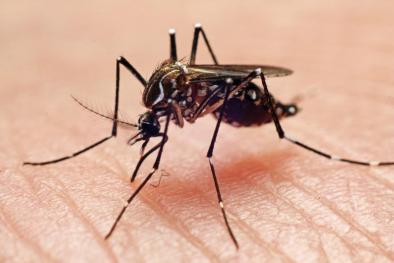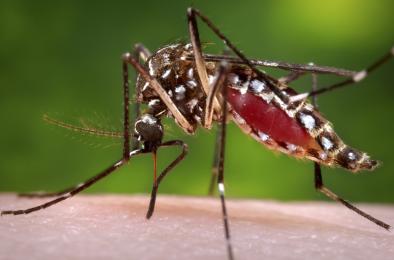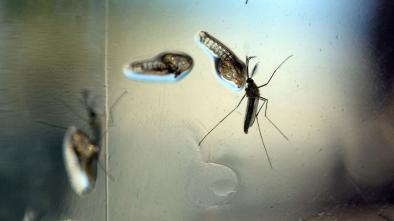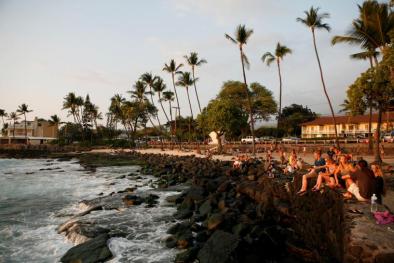Changes in dengue risk potential in Hawaii, USA, due to climate variability and change
Examines the potential changes in dengue risk in Hawaii, USA, in response to climate variability and change using GIS
States that dengue, transmitted by mosquitoes of the genus Aedes, is considered to be an emerging disease and almost half of the world’s population is at risk of infection
States that previous research has identified mosquito habitat and potential dengue risk areas in Hawaii based on average climate conditions
Incorporates notions of climate variability and change to that model and determines the population at risk under different scenarios
Finds that dengue risk areas generally contract during El Niño-induced droughts and expand as a result of increased precipitation received during La Niña events
Finds that future climate scenarios predict warmer temperatures and wetter summers in Hawaii over the next 25 years, which will cause an expansion of mosquito habitat and potential dengue risk areas
Results contribute to the overall understanding of climate–dengue relationships and will aid public health officials in efforts to determine where to concentrate resources for mosquito and dengue surveillance, given certain current or forecast climate conditions
Related Content






